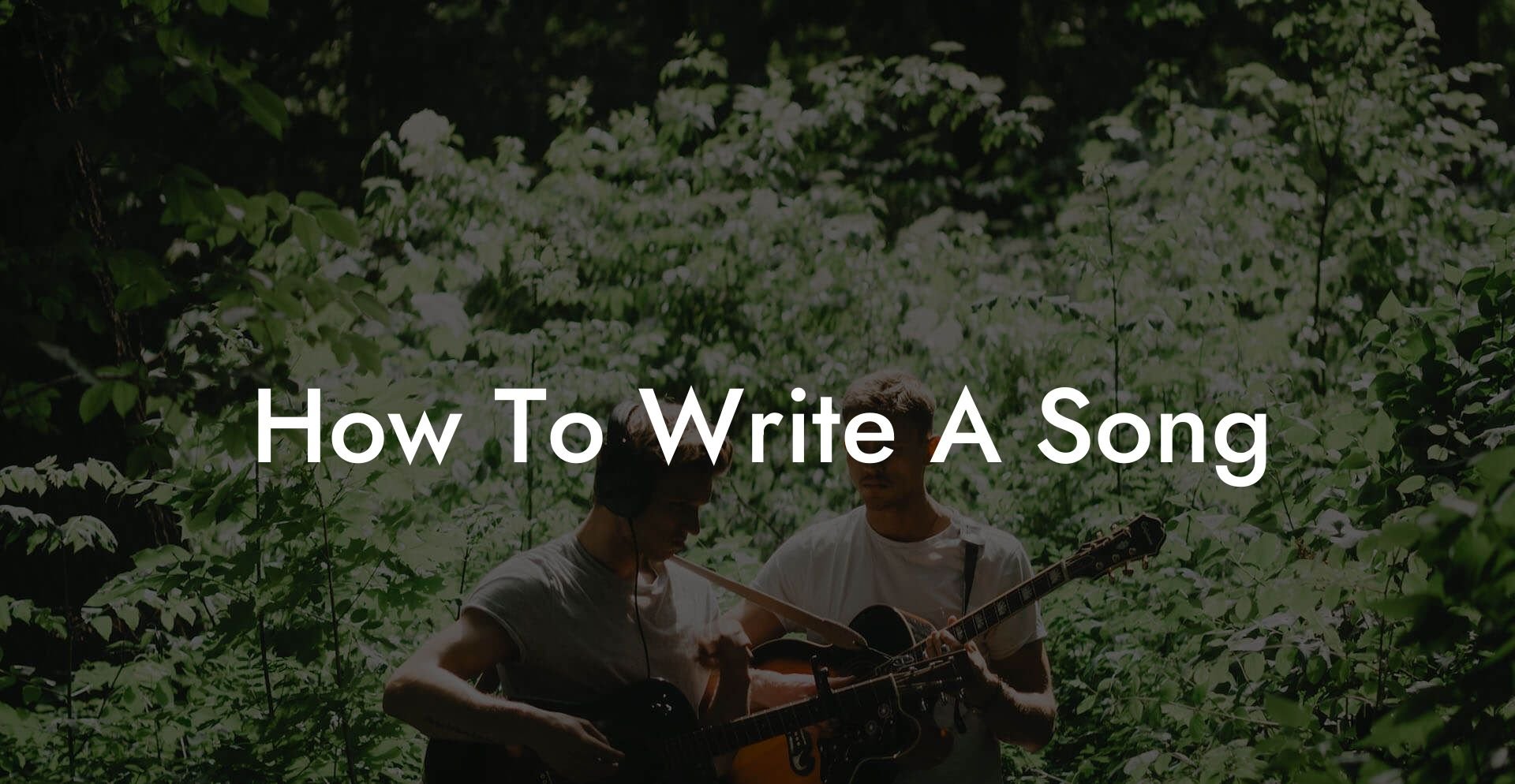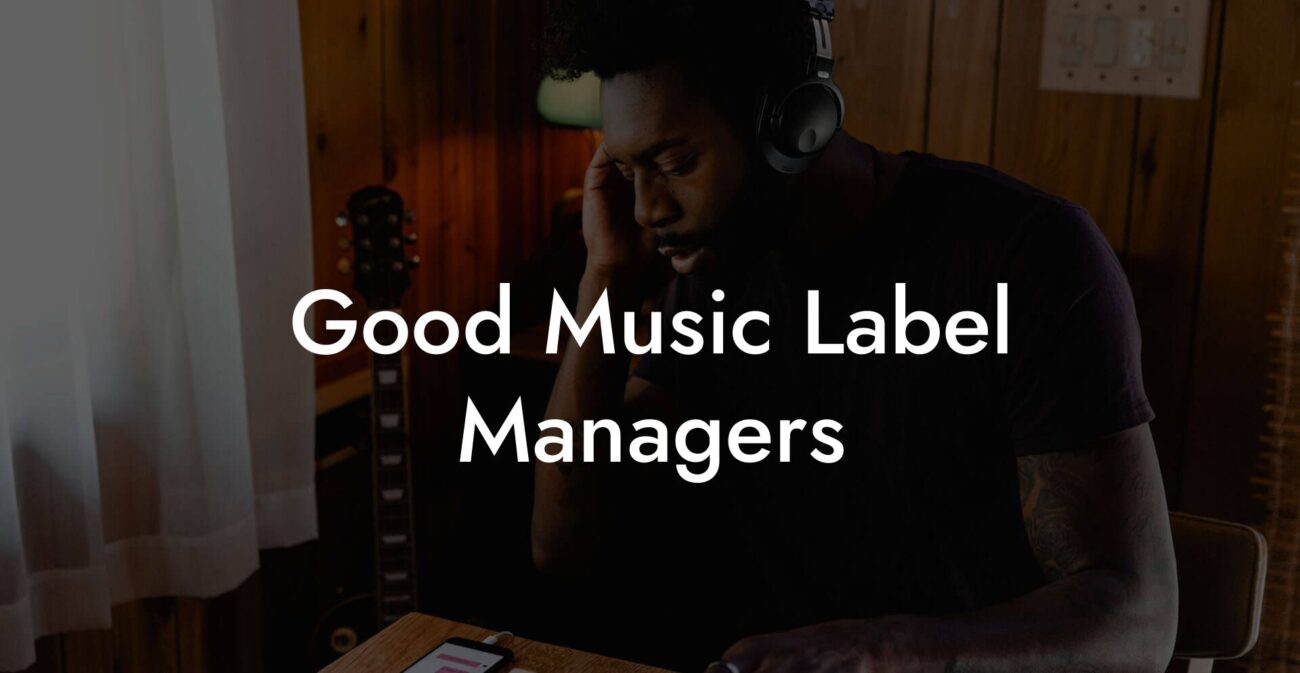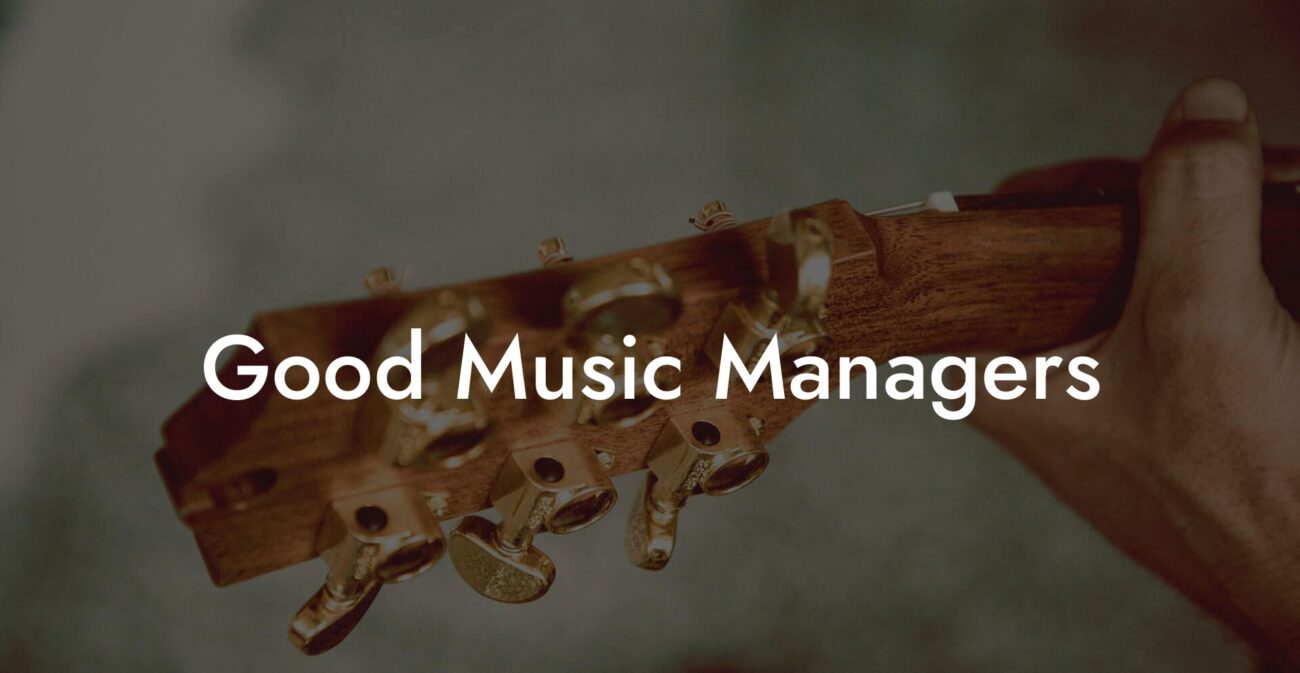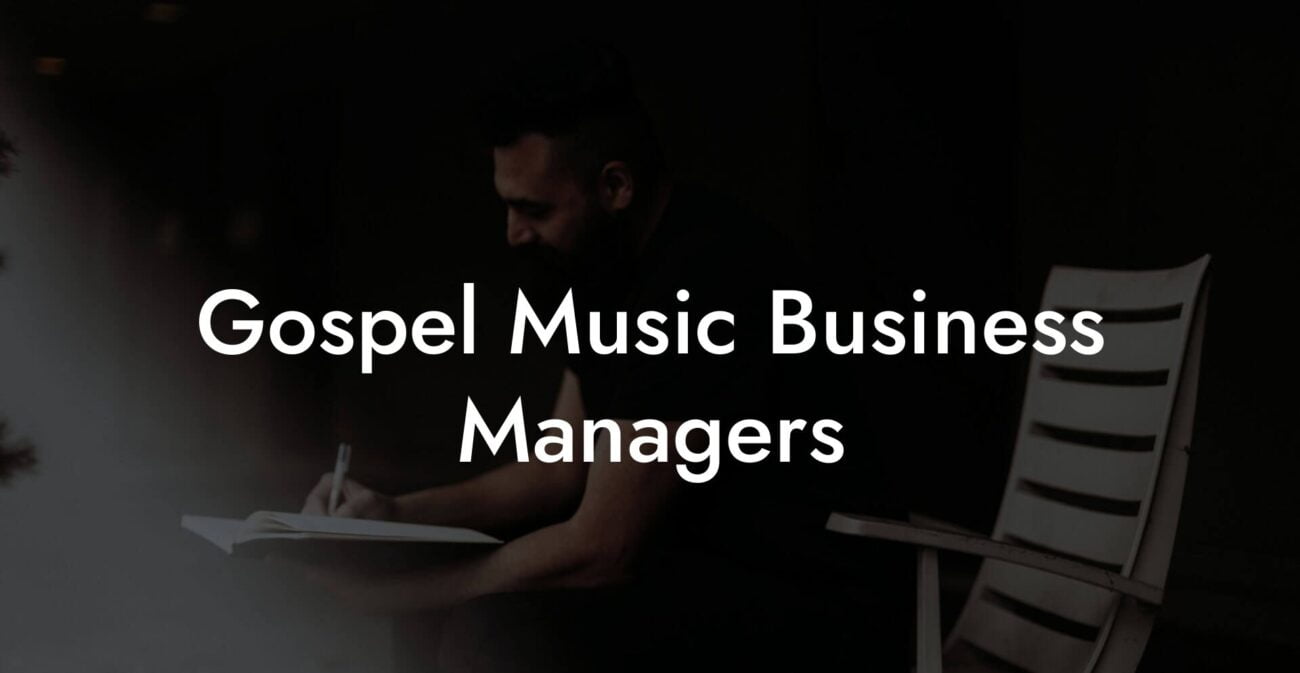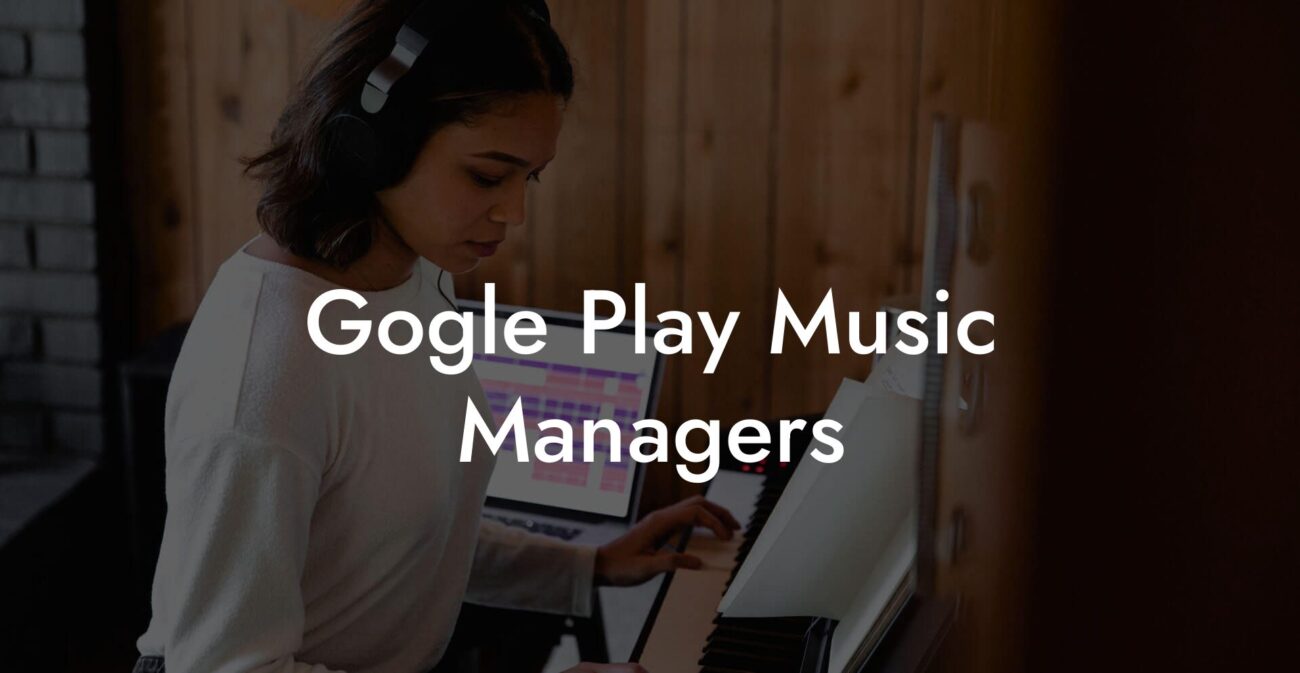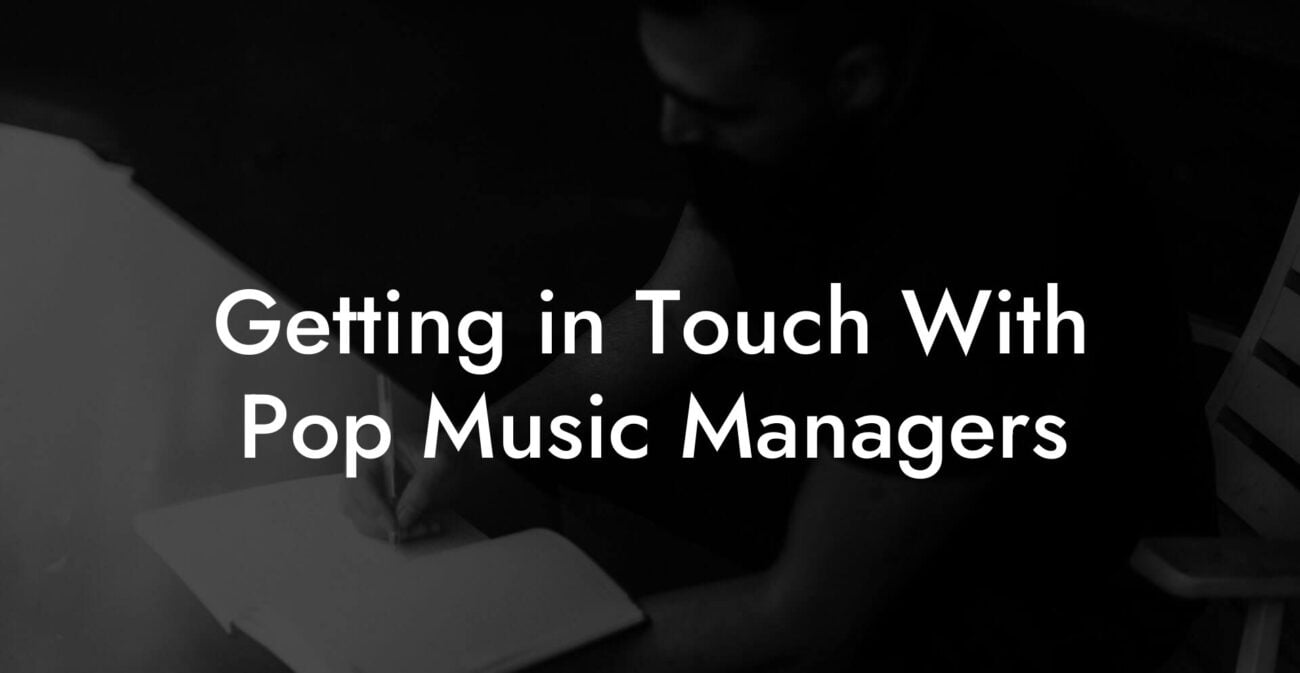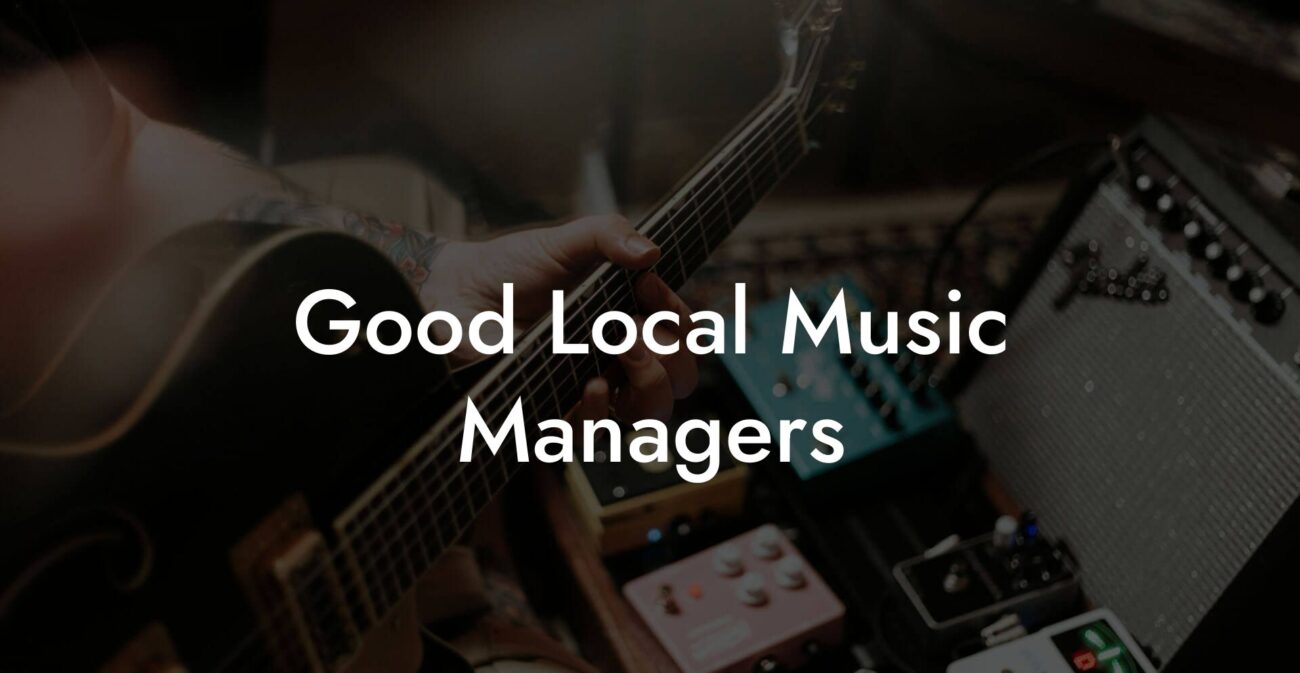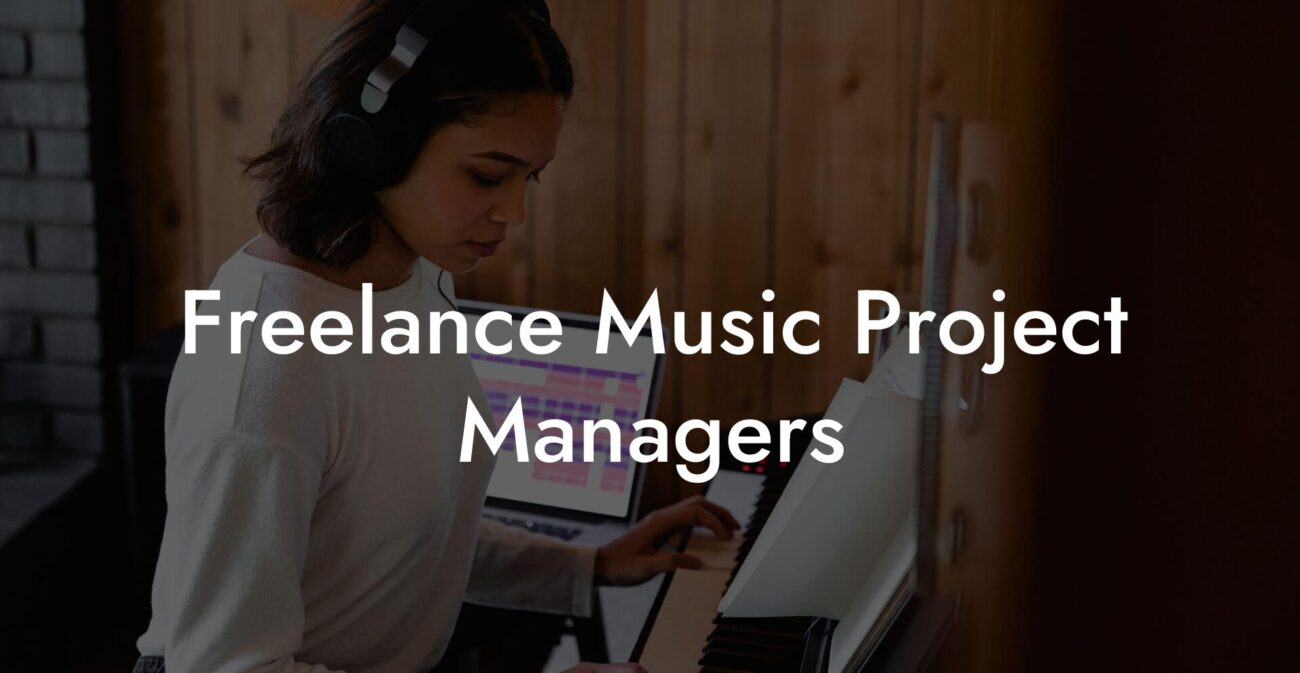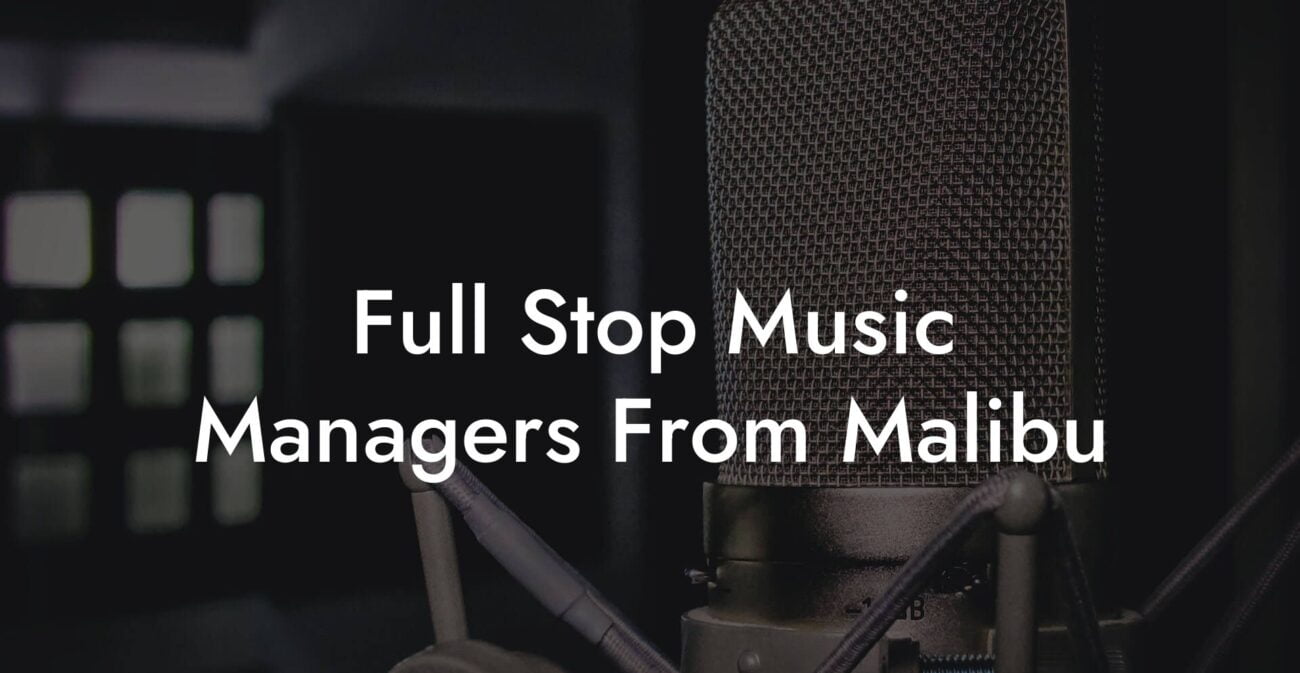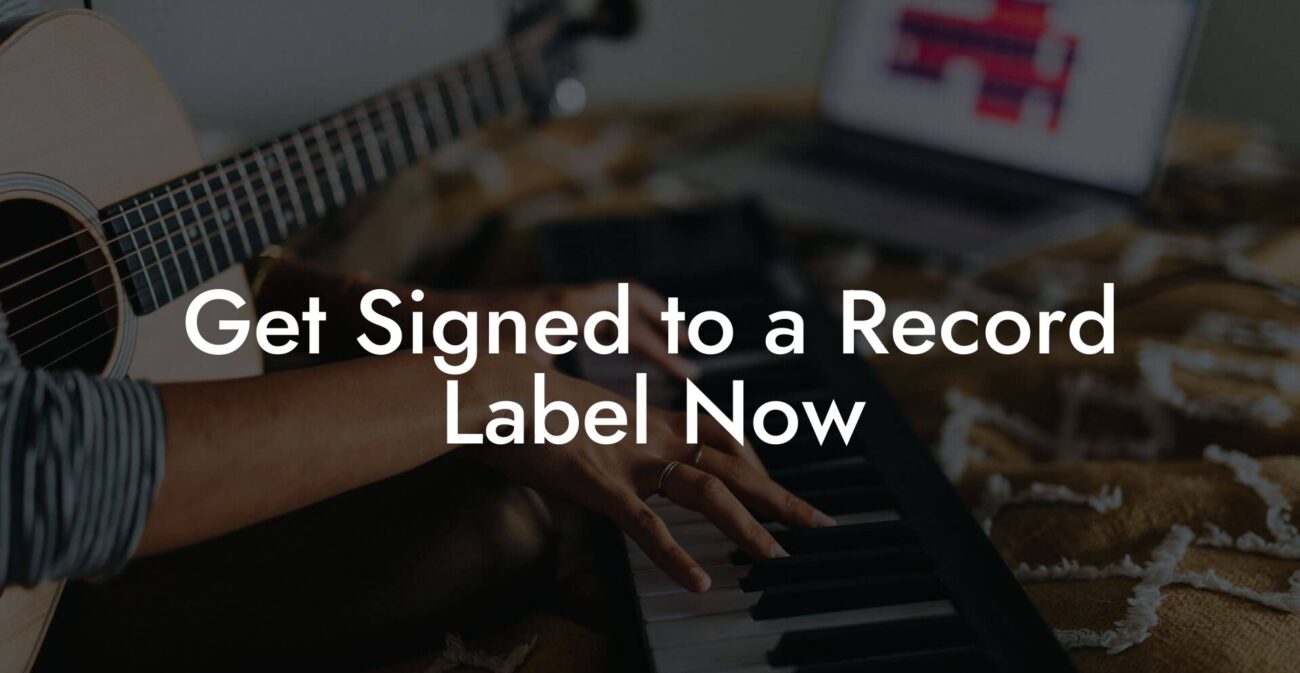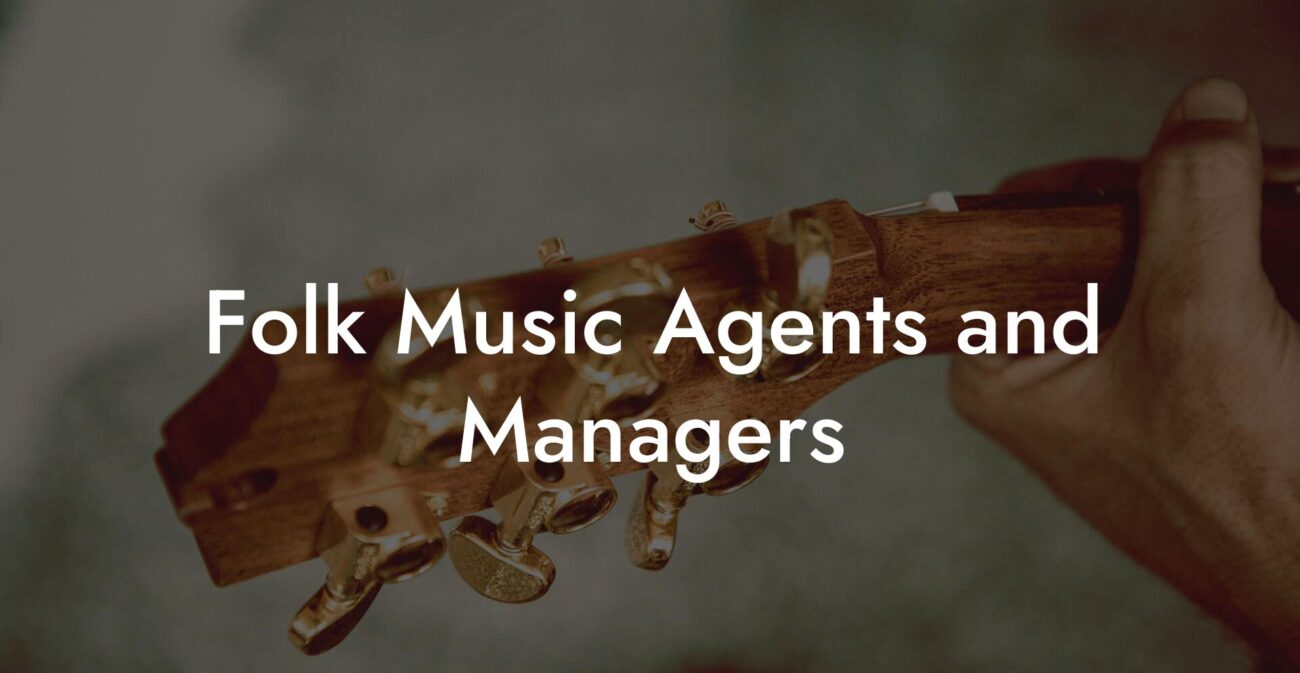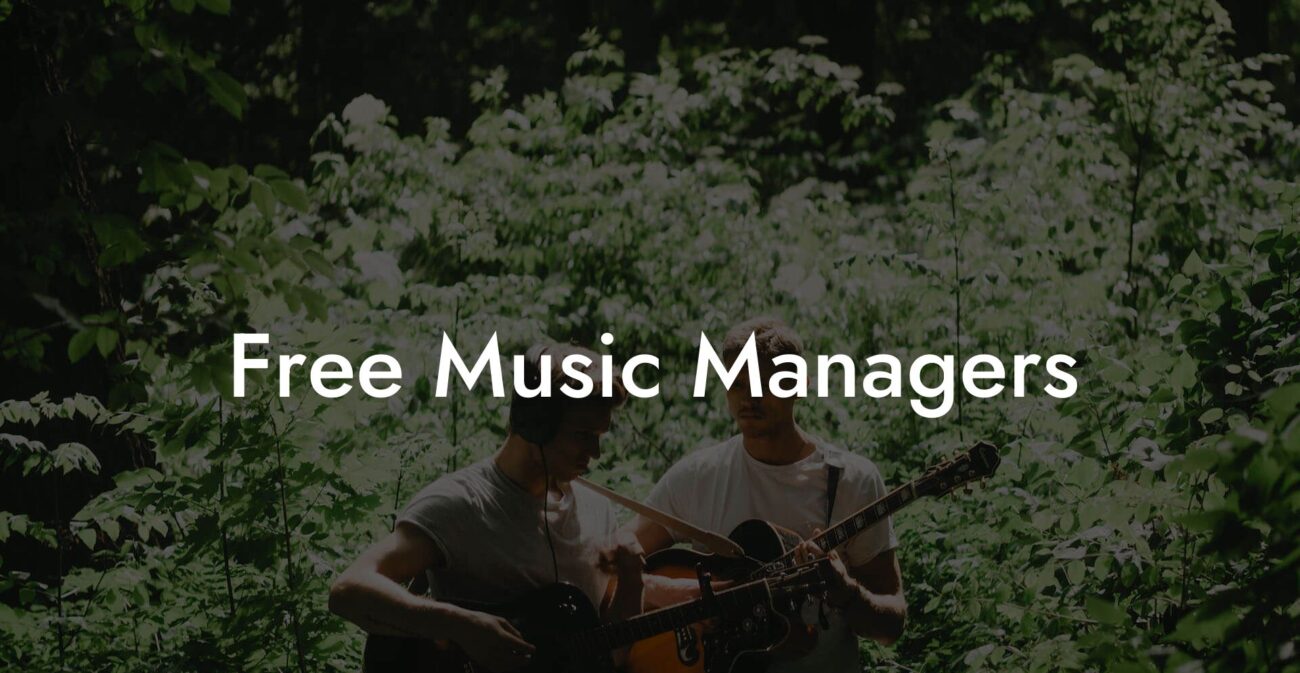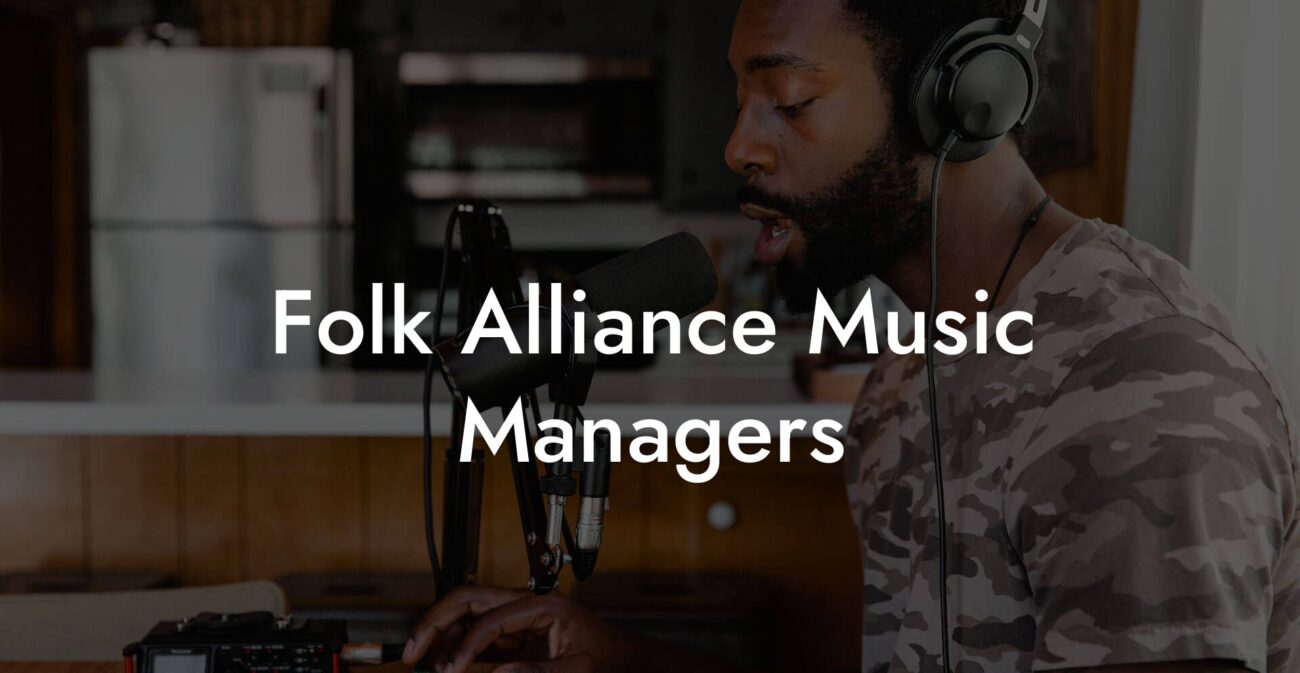Ever sat there, scrolling through endless memes, wondering how a catchy tune is born? Well, buckle up, creative genius, because this guide to writing a song is about to take you on a wild ride through the art, magic, and occasional chaos of songwriting. Whether you’re aiming to drop a hot new hit or simply pen your feelings into verses and choruses, we’ve got your back. Let’s dive headfirst into the world of lyrics, beats, and quirky inspirations that make up the journey to crafting a song that’s uniquely yours.
Looking to write your next song? Transform your creative ideas into songs that people will love, and skyrocket your music career with Lyric Assistant. The perfect songwriting assistant. Find out more →
Quick Links to Useful Sections
- Understanding the Essence of Songwriting
- Getting Started: Embracing the Blank Page (or Screen)
- The Anatomy of a Song: Structure, Hooks, and Heart
- Finding Inspiration: The World is Your Muse
- The Magic of Lyrics: From Words to Wonder
- Melody and Mood: Crafting the Soundtrack of Your Story
- Overcoming Songwriter’s Block: Tips to Kick-start Creativity
- Tools and Technologies: Elevating Your Songwriting Game
- Mastering the Art of Rewriting: Editing Your Song to Perfection
- The Power of Performance: Bringing Your Song to Life
- Resources and Community Support: Your Next Steps
- Building a Sustainable Songwriting Routine
- Integrating Your Unique Voice: The Signature of a Great Song
- Fine-Tuning Your Craft: Continuous Learning and Experimentation
- Songwriting Success Stories: Learning from the Masters
- Songwriting FAQs: Your Burning Questions Answered
- Your Journey to a Chart-Topping Anthem
Understanding the Essence of Songwriting
Songwriting is like cooking up your own secret recipe—you throw in a dash of emotions, a pinch of melody, a splash of storytelling, and maybe even a whole lot of inspiration from that 3 a.m. Netflix binge. At its core, songwriting is not only about creating music; it’s an expressive art form that transforms everyday thoughts into a musical narrative. It reflects our deepest feelings, wildest dreams, and the occasional silly moment that everyone can relate to.
Before you hit the record button on your smartphone, it’s important to understand that songwriting is a blend of technique and spontaneity. Sure, there are structured elements like verses, choruses, and bridges, but every song also carries an intangible energy—a vibe that connects with listeners on a personal level. Whether you’re a seasoned musician or a bedroom artist powered by midnight creativity, the songwriting process is about letting your individuality shine through in every note.
Think of songwriting like painting with sound: each word, melody, and chord forms the canvas of your unique auditory masterpiece. And while there are some tried-and-true techniques, remember that rules in music are just friendly suggestions waiting to be artfully bent or broken.
Getting Started: Embracing the Blank Page (or Screen)
Every masterpiece begins with a blank slate—yes, even your next chart-topping song. The real challenge? Turning that intimidating emptiness into a burst of creative energy. Start by recognizing that the blank page isn’t a void to be feared but a playground for your thoughts and feelings. Whether you’re jotting down random lyric ideas in a notebook or brainstorming on your laptop, the key is to capture every spark of creativity.
Write Lyrics Like a Professional Songwriter
The ultimate songwriting tool that takes your creative vision to the next level! With just a few clicks, you can unleash your inner songwriter and craft a hit that's uniquely yours. Your song. You own it.
One great trick is to set up small, manageable songwriting sessions. Instead of pressuring yourself to write a complete song in one go, start with a simple idea, a catchy hook, or even a strong emotion. Allow yourself to be playful—even silly—because sometimes the best songs come from unexpected, quirky moments.
Ready to get your creative juices flowing? Try writing for just ten minutes without any edits. Let your thoughts run wild. Write about your day, an inside joke, or a random dream you had last night. This free-writing technique will help you shed self-imposed constraints and explore new lyrical avenues. Before you know it, you’ll have enough material to start piecing together your song.
The Anatomy of a Song: Structure, Hooks, and Heart
While creativity is key, having a framework can be incredibly helpful when you’re trying to articulate your thoughts into a cohesive piece of music. Most popular songs follow a basic structure that most people recognize, even if they don’t realize it:
- Verse: Tells the story. Think of it as the narrative backbone where you lay out the details and set the mood.
- Chorus: The emotional center and the part that sticks in your head. It’s usually repeated to drive your message home.
- Bridge: A surprising twist or a shift in tone that adds an extra layer of depth and variety.
But here’s the twist—your song doesn’t have to follow the textbook structure unless you want it to. Many of the most innovative hits throw the rulebook out the window. The magic is in balancing structure with freedom, knowing when to follow the formula and when to let your inner rebel shine through.
Consider starting with a strong hook—a memorable melody or lyric that grabs attention from the get-go. This hook can be as simple as a striking phrase or a rhythmic beat that makes you tap your foot. Once your hook is set, use the verses to build context and the chorus to reinforce your main message. And if you’re feeling adventurous, toss in a bridge that offers a surprising shift in tone or perspective.
Remember, the song structure is like a well-worn map on a treasure hunt—you might stray from the path, but it always leads you back to the core of your message and emotional journey.
Finding Inspiration: The World is Your Muse
Inspiration for songwriting is everywhere, and sometimes it sneaks up on you when you least expect it. For some, it might be the heartache of a breakup or the thrill of a new romance. For others, it might be the vibrant chaos of city life or the peaceful solitude of nature. The key is to remain open and receptive to the world around you.
Start by making a habit of capturing your thoughts. Whether you’re using a digital note app, a voice memo on your phone, or scribbling in a journal, keep your ideas at hand no matter how fleeting they might seem. This way, when a meme or a random conversation sparks a lyrical idea, you’ll have it saved for later.
Another great way to find inspiration is to immerse yourself in different forms of art. Listen to music from genres you normally wouldn’t explore, read poetry, watch indie films, or even dive into some classic literature. The more diverse your creative diet, the richer your pool of inspiration becomes.
And let’s not forget about the magic of collaboration. Hang out with fellow musicians, join songwriting groups, or even participate in online communities where creative minds converge. Sometimes, a single conversation can ignite a flame that turns into the next big hit.
The Magic of Lyrics: From Words to Wonder
If melody is the soul of a song, then lyrics are its heartbeat. Writing lyrics is about translating raw emotion and experiences into words that resonate with others. But how do you take abstract feelings and mold them into a song that people can sing along with?
Start by tapping into your personal story. Write about your journey, your struggles, your triumphs—even your weird quirks. Authenticity is your superpower; listeners can tell when you’re being real, and that connection is the secret sauce behind memorable songs.
Play around with imagery, metaphors, and wordplay. Instead of saying “I miss you,” try painting a picture: “The echoes of your laughter linger like faded neon signs on a rainy night.” See how that sparks a feeling, a scene, and a memory? Let your creativity run wild with unexpected comparisons and clever twists of phrase.
Don’t be afraid to experiment with rhyme schemes and rhythmic patterns. Some of the most iconic lyrics come from breaking the mold of conventional verses. Whether you stick to a predictable pattern or mix it up with unconventional flows, the goal is to keep your audience engaged and entertained.
And if you ever feel stuck, consider using digital tools designed to boost your lyric-writing process. Lyric Assistant, for example, is an awesome resource that can help you effortlessly generate lyric ideas and refine your drafts, making the process less daunting and a whole lot more fun.
Melody and Mood: Crafting the Soundtrack of Your Story
Imagine your song as a delicious burger: the lyrics are the patty, but the melody? That’s the bun, the condiments, and the secret sauce that holds everything together. Crafting a melody that perfectly complements your lyrics is both an art and a science.
Start by experimenting with different melodies on your instrument of choice—whether it’s a guitar, piano, or even digital software. Hum along to the beat, record your spontaneous jams, and don’t worry about perfection. The key is to capture that initial burst of inspiration and let it evolve naturally.
Sometimes, you might discover that the best melodies are born out of simplicity. A repetitive, catchy riff can be more effective than an overly complex tune that leaves your audience bewildered. Simplicity often makes the song more relatable and memorable. Think of the songs you can’t get out of your head—they’re usually the ones with that infectious, easy-to-follow hook.
Also, the mood of your song is shaped by the interplay between your melody and lyrics. Want to convey a feeling of wistful nostalgia? Opt for minor chords and a slower tempo. In the mood for something upbeat and celebratory? Major chords and a faster rhythm could be just the ticket. Experiment with different combinations until you find the perfect musical balance.
Remember, the journey to creating a melody is all about exploration. Play around, record your ideas, and refine them until you find that perfect sound that captures the essence of your song.
Overcoming Songwriter’s Block: Tips to Kick-start Creativity
Let’s be real—songwriter’s block can hit anyone, and it isn’t just a myth whispered about in coffee shops and recording studios. Whether you’re staring at a blank lyric sheet or struggling to find that elusive hook, getting stuck is part of the creative process. The trick is not to let it derail your creative spirit.
One effective method is to take a break. Step away from your work, go for a walk, binge-watch your favorite series, or even have a chill session with friends. Sometimes, stepping back can help you look at your project with fresh eyes. Another tactic is to set smaller, achievable goals—like writing just one line or revising a single verse. Breaking down the process into bite-sized tasks can reduce the overwhelm and gradually rebuild your momentum.
Additionally, change your environment! A new setting can spark new ideas—a quiet park, a bustling café, or even rearranging your own workspace can give your creativity a much-needed boost. And if all else fails, dive into some musical warm-ups or experiment with a new instrument. Sometimes, shaking up your routine is all it takes to get those creative gears spinning again.
Remember, writer’s block is not a dead end, but rather a temporary pause in a longer creative journey. Embrace the lull, use it as a moment to reflect, and then dive back in with renewed energy.
Tools and Technologies: Elevating Your Songwriting Game
In this digital age, the tools available to songwriters are as diverse as the genres they create. Gone are the days when you had to rely solely on pen, paper, and that old guitar in the attic. Today, a myriad of digital tools, mobile apps, and online communities are at your fingertips to refine every aspect of your songwriting process.
For instance, if you’re looking for inspiration or need a little help perfecting your lyrics, platforms like Lyric Assistant are here to rescue you from those moments when words just don’t flow. These tools can generate lyric ideas, help adjust rhyme schemes, and even sync with your favorite melodies, offering suggestions that you might not have considered.
Beyond lyric generators, digital audio workstations (DAWs) like Ableton Live, Logic Pro, or even free options like GarageBand let you record, edit, and produce your music right from your computer. Experimenting with these technologies not only enhances your creativity but also gives you practical skills that can help shape your sound into something truly professional.
And let’s not forget online communities and forums. Platforms such as Reddit’s r/Songwriting, various Facebook groups, and dedicated songwriting subreddits offer vibrant spaces to share ideas, exchange feedback, and even find collaborators. Networking with fellow musicians can provide fresh perspectives, constructive criticism, and endless inspiration.
Whether you’re a tech-savvy millennial or a creative Gen Z, integrating these tools into your songwriting routine can be a game-changer. They not only streamline your creative process but also open new pathways for experimentation and growth.
Mastering the Art of Rewriting: Editing Your Song to Perfection
If spontaneity is the spark that ignites your songwriting, rewriting is the fuel that keeps the flame burning strong. Rarely does a draft emerge as a polished gem on the first try. In fact, rewriting is where your song truly starts to shine.
Start by giving your initial draft a break. Let it sit for a day or two, then come back to it with fresh ears and an open mind. During the rewrite, scrutinize every line, melody, and instrument. Ask yourself: Does this part contribute to the overall story? Is the word choice tight? Does the melody evoke the intended emotion? It might feel as painstaking as editing a term paper, but every tweak brings you closer to that outstanding final version.
Work section by section. Focus on the verses first, then tackle the chorus—make sure that the emotional climax of your song is as impactful as you intended. Experiment with substitutions; try swapping out a word here or a chord progression there. Use your lyric assistant or similar apps as a sounding board, and don’t be afraid to ask for feedback from your trusted circle. After all, constructive criticism often leads to breakthroughs, even if it stings a bit at first.
Remember, rewriting is not about erasing your original creativity but refining it. It’s your chance to streamline your ideas, fill in any gaps, and enhance the overall flow. Embrace the process, knowing that every revision brings you one step closer to a song that truly resonates.
The Power of Performance: Bringing Your Song to Life
Once your song is written and polished, the next exciting phase is performance. Playing or singing your song live—whether for friends, at an open mic, or on social media—provides vital feedback and a whole new layer of creative energy.
Performing your work in front of an audience, no matter how small, can reveal nuances you might have missed in the solitude of your creative space. It teaches you how your song interacts with listeners and offers insights into pacing, dynamics, and emotional resonance. Every live performance is an opportunity to fine-tune your delivery and build confidence as an artist.
Consider recording your practice sessions or even making a demo version that you can share online. Not only does this let you document your progress, but it also gives potential collaborators or fans a taste of your unique style. And who knows? Your live version might inspire another revision or spark ideas for your next hit.
Whether you’re belting out tunes in your bedroom or performing at a local coffeehouse, embrace each moment as a valuable step in your evolution as a songwriter. The energy of live performance is contagious, and your passion will undoubtedly shine through every note.
Resources and Community Support: Your Next Steps
Now that you’re armed with the tools, techniques, and inspiration to embark on your songwriting journey, it’s time to connect with a wider community of like-minded creatives. One of the best ways to grow as a songwriter is to surround yourself with people who share your passion for music.
Explore online forums, local workshops, and songwriting groups where you can exchange ideas, collaborate on projects, and receive constructive feedback. Many platforms now offer mentorship opportunities, webinars, and live Q&A sessions with industry professionals. These resources are invaluable for learning new techniques, staying updated on trends, and even navigating the more technical aspects of music production.
Don’t hesitate to dive into resources like Lyric Assistant, which empowers musicians to streamline their lyric-writing process, offering creative prompts and real-time suggestions. Tools like these are designed not just for efficiency but to unlock the depths of your creativity.
Finally, remember that the songwriting journey is just as much about community as it is about individual expression. Build your network, collaborate with fellow artists, and share your progress. Attend local concerts or virtual meet-ups, join songwriting challenges, and offer support to peers who are also on this creative path. Every interaction is a learning opportunity, and who knows? That conversation over coffee or a random comment on social media might spark your next big hit.
Your journey doesn’t end with writing a song—it blossoms as you connect, perform, and continually evolve as an artist. Take advantage of the vibrant resources and supportive communities waiting to help you turn those fleeting creative thoughts into lasting musical memories.
Building a Sustainable Songwriting Routine
Like any art form, songwriting flourishes with consistent practice. Developing a sustainable routine can transform sporadic bursts of creativity into a steady flow of hit-worthy ideas. It’s about integrating songwriting into your everyday life without it feeling like a chore.
Start small. Set aside a dedicated time each day—even if it’s just 15 minutes—to explore new ideas, jot down lyrics, or play around with melodies. Over time, these brief sessions add up, creating a habit that keeps your creative engine running. Make your workspace inviting—decorate it with inspiring posters, a comfy chair, or even quirky desk toys that spark joy. Let your environment be a testament to the creative journey you’re on.
Mixing up your routine can also prevent the monotony that sometimes stifles creativity. Experiment with different times of day—maybe you’re more of a midnight poet, or perhaps your best ideas come with the morning coffee. Embrace spontaneity while grounding your process in regular practice. With time and persistence, your routine will evolve into a source of creative empowerment rather than a rigid schedule.
And remember, self-care is an integral part of any creative routine. Balance your focused writing sessions with activities that relax and rejuvenate your mind—take a walk, listen to your favorite tracks, or just enjoy a moment of quiet reflection. The more you nurture yourself, the more vibrant your creativity will become.
Integrating Your Unique Voice: The Signature of a Great Song
Each songwriter has a unique voice that is shaped by personal experiences, emotions, and the way they perceive the world. Your voice is what sets your songs apart from every other track out there. Cultivating that distinct style isn’t about conformity to trends—it’s about embracing what makes you, you.
Explore different musical genres and lyrical styles until you discover a blend that feels authentic. Whether your style is raw and emotional, quirky and offbeat, or smooth and effortlessly melodic, let it shine through every line and chord. This is the ultimate secret to creating songs that resonate: authenticity. When your audience hears a track that unmistakably carries your personal touch, they can’t help but connect with it on a deeper level.
Experimentation is key. Try rewriting a classic song in your own style, or blend elements from different genres to create something unprecedented. Don’t worry about packing every line with perfection; sometimes the beauty of a song lies in its imperfections—the unexpected pauses, the quirky turns of phrase, and the raw emotion that slips through the cracks.
Trust your instincts. If a lyric feels true to your experience and resonates with your inner voice, chances are it will strike a chord with your listeners. Every song you write is a stepping stone toward discovering and refining your signature sound.
Fine-Tuning Your Craft: Continuous Learning and Experimentation
The journey of songwriting is an ongoing adventure of experimentation and self-improvement. No matter how many hits you’ve penned, there’s always something new to learn or a fresh perspective to explore. Stay curious, open-minded, and fearless when it comes to trying new techniques or genres.
Attend songwriting workshops, watch online tutorials, or read books about music theory and lyrical composition. Many successful musicians attribute their breakthrough moments to continuous learning and the willingness to experiment. Sign up for local or virtual classes, join discussion groups, and immerse yourself in the world of music production to continually refine your skills.
Encouraging experimentation doesn’t just elevate your technical abilities—it also awakens creative possibilities you might never have imagined. Whether it’s blending acoustic elements with electronic beats or playing around with unconventional chord progressions, each experiment adds a new layer to your musical repertoire.
Above all, celebrate your progress, no matter how incremental it might seem. The process of honing your craft, pushing boundaries, and transforming challenges into opportunities is what turns a good songwriter into a great one.
Songwriting Success Stories: Learning from the Masters
Sometimes, a little inspiration from those who have come before you is all you need to spark your creativity. From chart-topping pop icons to underground indie legends, the world of music is filled with success stories that prove there’s no one correct path to songwriting greatness.
Consider the journey of artists who started with humble beginnings—scribbling lyrics on napkins in coffee shops or recording impromptu demos in their bedrooms. Their stories remind us that every successful song was once just a rough idea, nurtured and refined through passion, persistence, and a healthy dose of trial and error.
Dive into interviews, documentaries, and biographies of your favorite songwriters. Learn about the moments of doubt they conquered, the risks they took, and the serendipitous breakthroughs that changed the course of their careers. Let these stories inspire you to keep pushing forward, even when the creative road feels rocky.
Remember, every legendary hit started as a spark. Your voice, your experiences, and your relentless determination can lead you to writing a song that might just be the next big breakthrough.
Songwriting FAQs: Your Burning Questions Answered
Here are some frequently asked questions that delve into common hurdles and curiosities about the songwriting process:
1. How do I overcome a creative block?
Taking a break, changing your environment, and engaging in free-writing exercises can help. Sometimes, stepping away from your project lets new ideas flow naturally when you return.
2. Can I write a good song without formal music training?
Absolutely! Many iconic songwriters never had formal training. The secret lies in embracing your unique voice, practicing consistently, and learning through experimentation and collaboration.
3. How important is the song structure?
While a typical structure (verse, chorus, bridge) often works well, there are no strict rules. Some of the best songs break the mold—what matters most is the emotional connection you create.
4. What role do digital tools play in modern songwriting?
Digital tools like lyric generators, digital audio workstations, and online writing communities can streamline your process, boost creativity, and give your work a professional edge.
5. How do I choose the right theme for my song?
Begin with what resonates most with you—whether it’s love, loss, joy, or a quirky life observation. Authenticity in your theme will naturally draw in your audience.
6. Can collaboration really improve my songwriting?
Yes! Collaborating with other musicians can expose you to new ideas, different styles, and creative techniques that enrich your songwriting skills.
7. What should I focus on when recording my demo?
Keep it simple and let your core message shine through. Focus on capturing the emotion, clarity of lyrics, and the essence of your melody.
8. How do I know when my song is finished?
There’s rarely a perfect end, but when you feel the song fully represents your vision and evokes the intended emotion, it’s a good time to call it done.
9. Is it possible to write a hit song by following these steps?
While there’s no guaranteed formula for a hit, following these structured steps can significantly increase the quality and appeal of your music.
10. How can I continue improving as a songwriter?
Continuously learn, seek feedback, experiment with different styles, and stay connected with a creative community to keep evolving your skills.
Your Journey to a Chart-Topping Anthem
The adventure of songwriting is a vibrant, exhilarating journey—one that transforms fleeting thoughts into timeless melodies and random musings into impactful anthems. Remember, every hit song began as a single spark, a raw idea waiting to be nurtured. Trust your instincts, embrace the process, and delight in every unique twist along the way.
By weaving together structure and spontaneity, hustle and heart, you’re on your way to composing songs that resonate deeply with your audience. Each lyric scrawled at 2 a.m., every melody hummed for the first time, and each challenge you overcome adds up to the symphony of your life.
The tools, techniques, and community support available today make the journey smoother, more exciting, and even more accessible than ever before. So, go ahead—pour your heart out into your music, let your creative light shine, and remember that every great songwriter started just where you are right now.
Embrace every awkward draft, every burst of spontaneous genius, and every lesson learned along the way. Your journey to writing a song that echoes with authenticity and creativity is uniquely yours, and it’s one worth celebrating. The world is waiting for your hit—start writing, keep refining, and let the music flow.
Write Lyrics Like a Professional Songwriter
The ultimate songwriting tool that takes your creative vision to the next level! With just a few clicks, you can unleash your inner songwriter and craft a hit that's uniquely yours. Your song. You own it.

